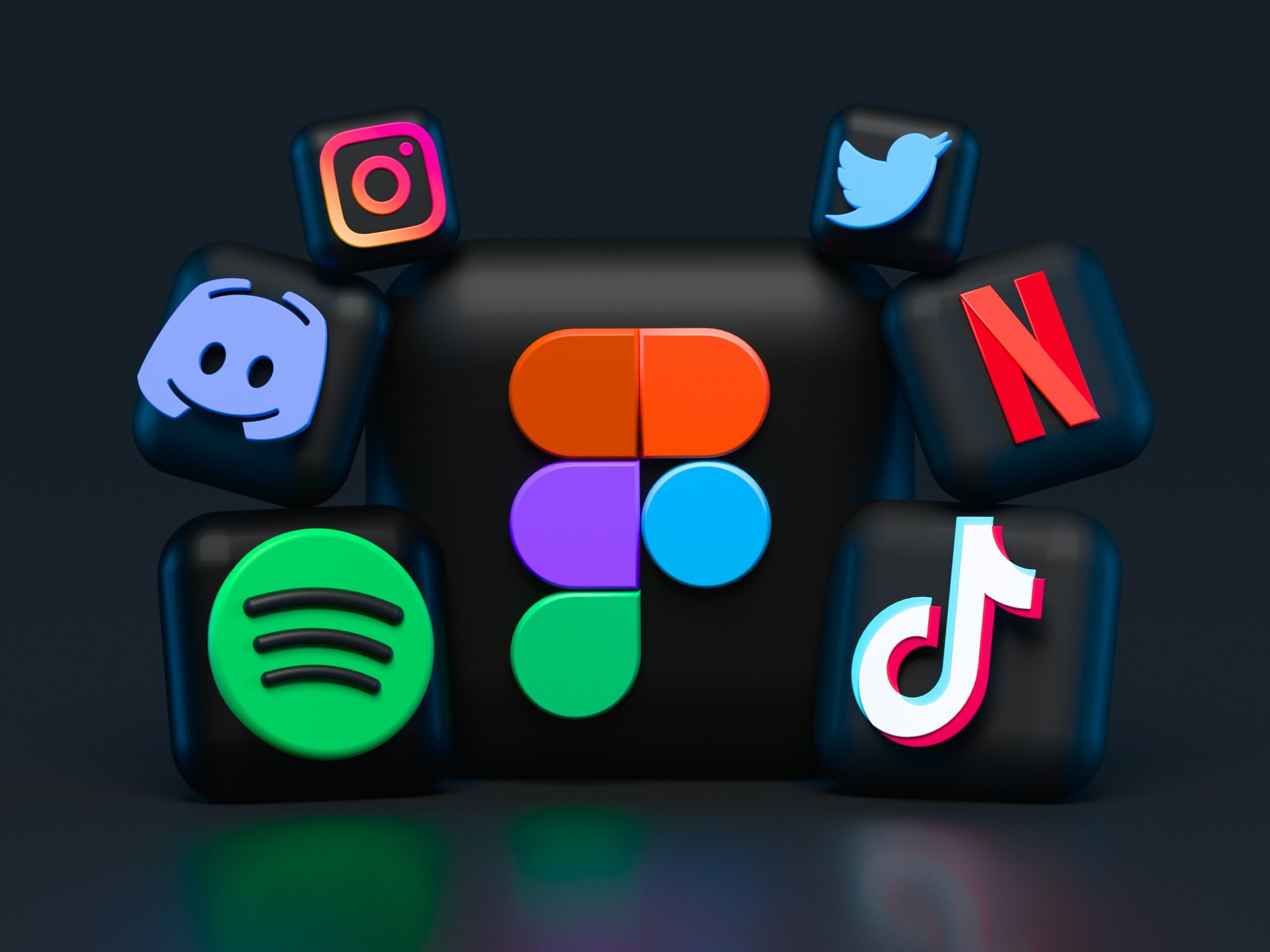Discover 5 digital marketing pharma techniques that actually work. Smart, witty, and real—no fluff, just future-ready pharma digital strategies.
Introduction: Not Your Grandpa’s Pharma Marketing
Gone are the days when pharmaceutical reps strolled into clinics with doughnuts and glossy brochures, hoping to charm doctors into prescribing their brand. Today’s digital landscape demands more than a sweet tooth. It demands strategy, precision, and a solid Wi-Fi connection.
Pharma companies now face an audience that’s smarter, busier, and increasingly digital. The traditional sales pitch? It’s been replaced by clicks, metrics, algorithms, and automation. So if your digital marketing feels like a leftover aspirin from 2003, it’s time for an upgrade.
Let’s explore five razor-sharp digital marketing pharma techniques that will leave your competitors coughing in the dust.
1. Programmatic Advertising: Because Guesswork is So Last Season
Picture this: instead of blanketing the internet with banner ads in the hope someone—anyone—cares, your pharma ad is served only to HCPs who are actually looking for information about, say, type 2 diabetes treatments. Welcome to the world of programmatic advertising.
How it works: AI-driven ad platforms use data to automatically buy ad space in real-time and target very specific audiences. You can filter by specialty, practice location, online behavior, even medical journal reading habits.
Real-Life Example:
A European pharmaceutical company used programmatic advertising to promote a new asthma inhaler. By targeting pulmonologists on LinkedIn and medical news sites, they saw a 60% increase in click-through rates and a 3x return on ad spend.
Why it works: Because shouting into the void is exhausting—and expensive.
2. Content Marketing: Less Promotion, More Education
Let’s face it, most pharma content still reads like it was written by a robot on sedatives. But that’s a huge opportunity. Healthcare professionals (and patients) are starved for meaningful, helpful, and engaging content.
The trick? Stop selling. Start solving. Instead of pushing your drug, publish a blog post about emerging treatment protocols. Create a whitepaper comparing clinical outcomes. Host a webinar with leading specialists. Make your brand the go-to teacher, not just a salesperson.
Real-Life Example:
Pfizer launched a microsite offering resources for rheumatologists, including treatment guidelines, patient handouts, and CME webinars.
Result? Time spent on site tripled, and brand affinity climbed like HDL cholesterol.
Remember: Content that educates builds trust. And in pharma, trust is everything.
3. E-detailing 2.0: More Netflix, Less PowerPoint
Traditional e-detailing often feels like a glorified slideshow. But today’s platforms offer interactive, personalized, and on-demand experiences that can be as engaging as your favorite binge-worthy series.
Modern e-detailing includes:
- Interactive video reps
- Clickable MOA animations
- Real-time HCP analytics
- Chatbots that answer FAQs 24/7
Real-Life Example:
A U.S.-based pharma company replaced its static e-detailing with an interactive experience featuring voiceover, embedded quizzes, and patient case studies. Result? A 40% improvement in rep-HCP engagement and 25% higher prescription rates within six months.
Bottom line: Make your detailing session a blockbuster, not a snoozefest.
4. Omnichannel Personalization: Meet HCPs Where They Are
Imagine emailing a cardiologist an invitation to your virtual summit—then following it up with a reminder on LinkedIn, a customized text message, and a targeted YouTube ad, all tailored to their specialty, time zone, and past behavior. That’s omnichannel marketing done right.
Why it matters:
HCPs toggle between devices and platforms all day. Your digital marketing pharma strategy should follow suit—with consistency and personalization at every touchpoint.
Real-Life Example:
Novartis used AI to segment HCPs by behavior, tailoring its messages across email, social, and mobile apps. This led to a 2.5x increase in engagement and significantly faster time to adoption for a new cardiovascular drug.
Pro tip: The more relevant your messaging, the less likely it ends up in a virtual recycling bin.
5. Social Listening: Spying for Science (Legally, Of Course)
Who says pharma can’t eavesdrop (ethically)? Social listening tools allow companies to monitor public discussions across social media, forums, and blogs to uncover insights into patient pain points, physician concerns, and competitor strategies.
Applications include:
- Identifying side effects patients are discussing
- Gauging sentiment around drug launches
- Spotting emerging disease trends
Real-Life Example:
A dermatology brand spotted a spike in negative sentiment on Reddit about a competitor’s new cream causing skin discoloration. They responded with content reassuring users about their own formulation—and saw a 15% lift in brand mentions in one week.
Moral of the story: When you actually listen to your audience, they’ll reward you with relevance—and loyalty.
The Verdict: Digital Darwinism in Pharma
In the ever-evolving jungle of healthcare, only the digitally adaptive survive. Today’s digital marketing pharma landscape is not about who shouts the loudest, but who speaks the smartest. Whether you’re wooing weary doctors or educating curious patients, these five techniques help ensure your message lands with laser precision.
So next time your marketing team pulls out another outdated email blast, kindly remind them: There’s a better way. And it starts with innovation, personalization, and a hefty dose of digital vitamins.
Now swallow that whole. No water needed.

